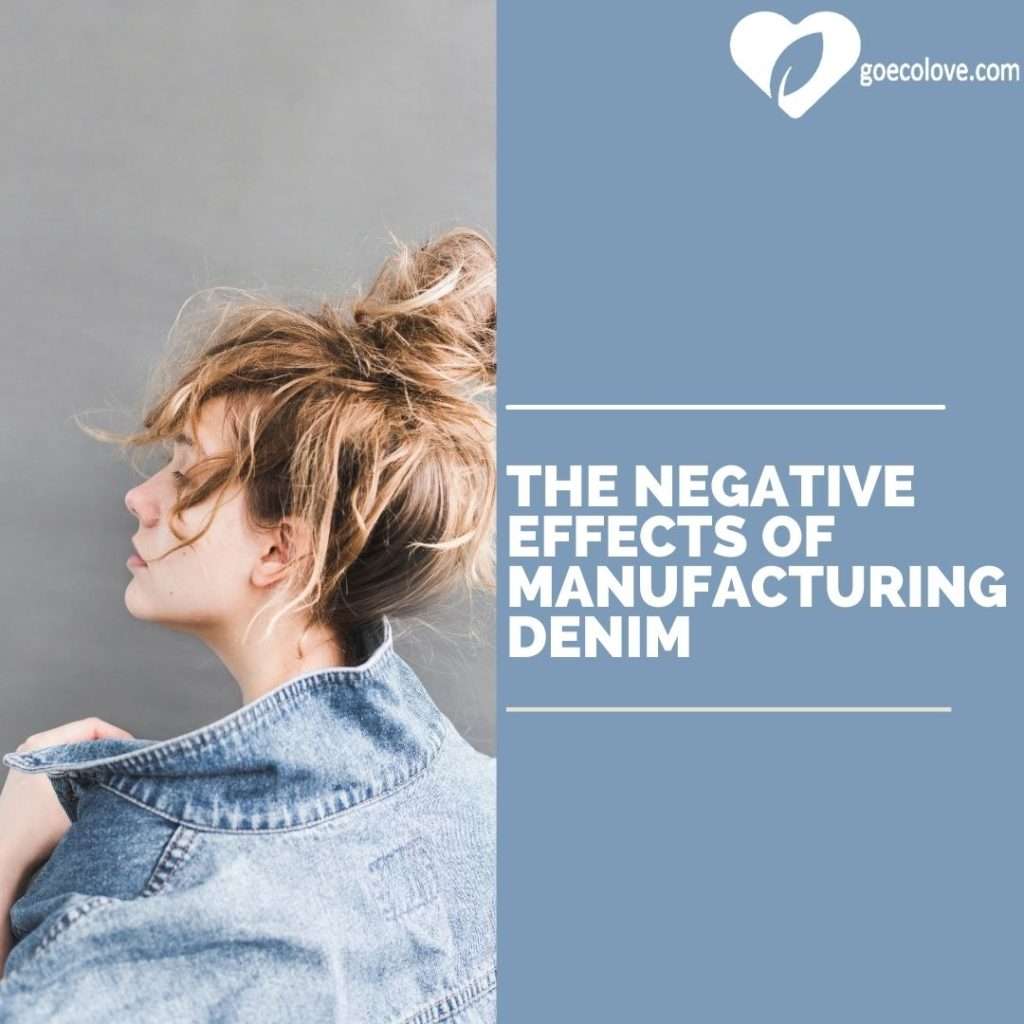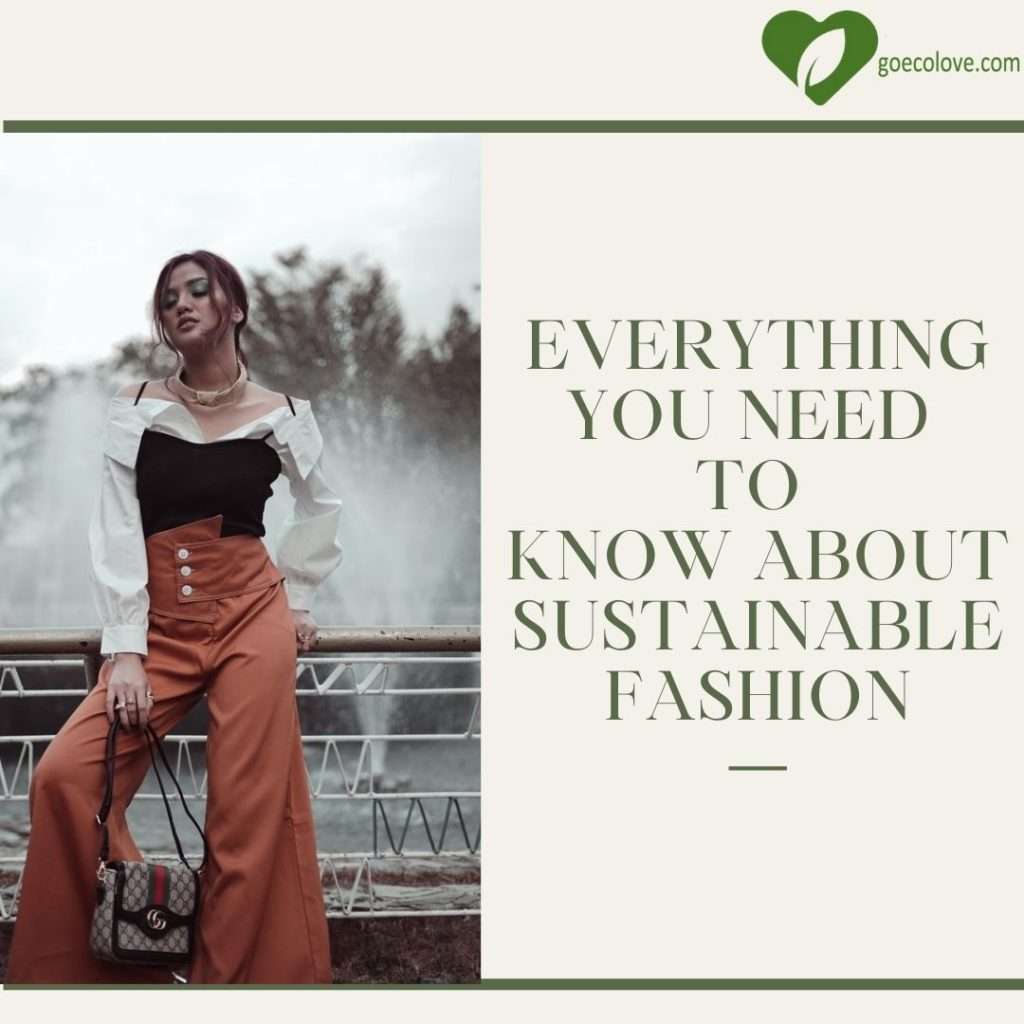Introduction
We all own a trustworthy pair of denim jeans, even despite them being one of the hardest items to shop for when it comes to finding the perfect size and shape. Globally, 6 million pairs of jeans are manufactured a year! Research undertaken by Fashion United states that women own an average of 7 pairs of jeans whilst men are just behind at 6. Despite this, we only tend to wear 4 pairs of the jeans we own a regular basis.
It took a lot of searching for me to find the right pair of jeans, only to then realise how badly the manufacturing of jeans impacts the environment. This led me to do more research and eventually I began to make the decision to shop more sustainably.
History of Denim
The most recognized early pairs of blue denim jeans were created in 1873 by two men named Jacob Davis and Levi Strauss. Jacob was a tailor and originally a customer of Levis’, who sold cotton cloth amongst other things. Jacob made his first pair of blue denim jeans for one of his customers using cotton cloth he bought from Levi as well as extra accessories such as a zipper. He decided he wanted to patent the creation and wrote to Levi and they eventually became partners and opened a large factory together.
Over decades the types and styles of jeans available has just kept on increasing. Different colors, sizes, shapes and styles have been introduced over the years and I believe the variety and demand for jeans is only going to increase.
Negative Effects of Manufacturing Denim
Since the late 1800’s, when jeans were first introduced into society, the demand for the perfect pair of denim has only kept increasing. However, this is directly having a negative impact on the environment, resulting in significant damage to our ecosystems as well as the health of cotton farmers.
Around 11,000 litres of water are used in the dying and washing process of fashioning a pair of denim jeans. This figure is extremely high and really shocking. During this process water is used to wash the jeans and eventually becomes polluted with dyes and chemicals. It is then discarded into waterways as it is unusable.
70% of lakes and rivers in Asia suffer from water contamination as well as water shortage due to denim factories. Denim manufacturing organizations are using and wasting water, taking it away from communities and returning it in a state of pollution, which can cause dehydration and further health issues for not only humans but also wildlife.
Manufacturing denim not only causes water pollution. During the growth process of cotton, which is used to create denim jeans, insecticides and herbicides are sprayed on the plant to assist with its growth. This results in air pollution from the toxic chemicals as well as creating hazardous working conditions for cotton farmers.
Sustainable Shopping
Some good news is that, despite the large amount of denim manufacturers causing harm, there are denim companies out there that manufacture their jeans in a more sustainable way if you’re looking to shop more sustainably. Shopping sustainability can help improve the condition of the environment as well as the health of humans.
Do you want to start your sustainable fashion journey? Well you should visit goecolove.com! They sell a variety of sustainable products from clothing, accessories to other items. They are also known for giving back to their community such as donating to charity and providing work and learning opportunities to students and children.



